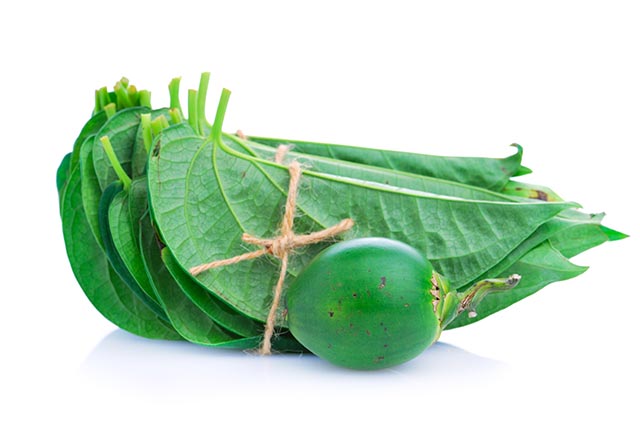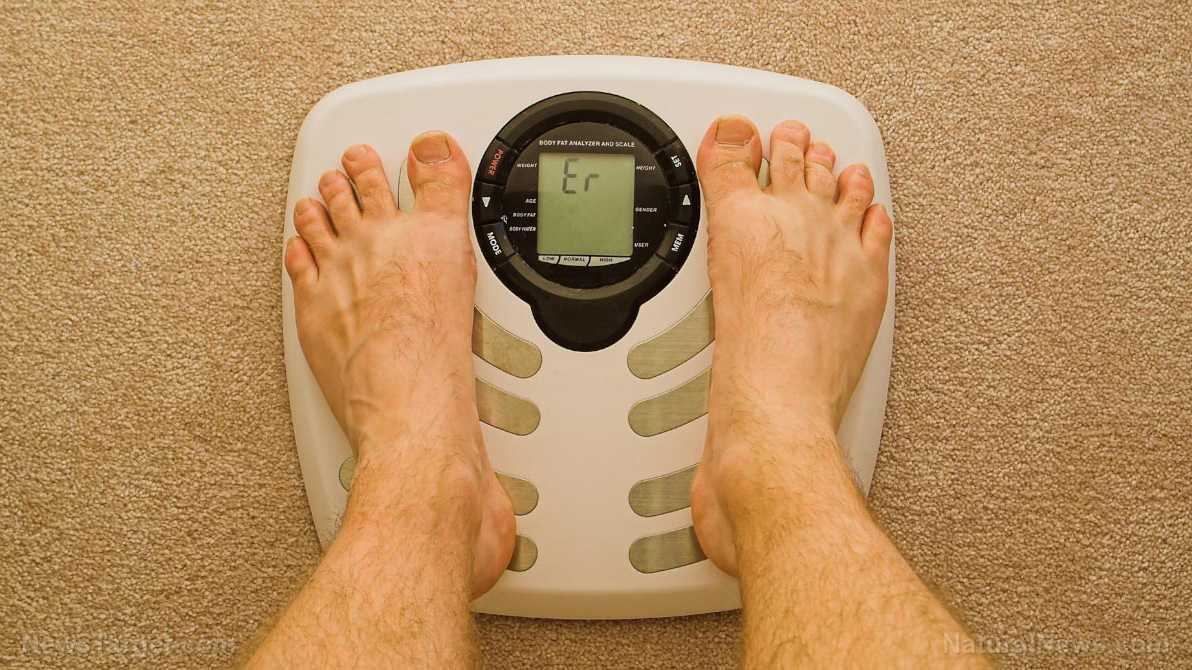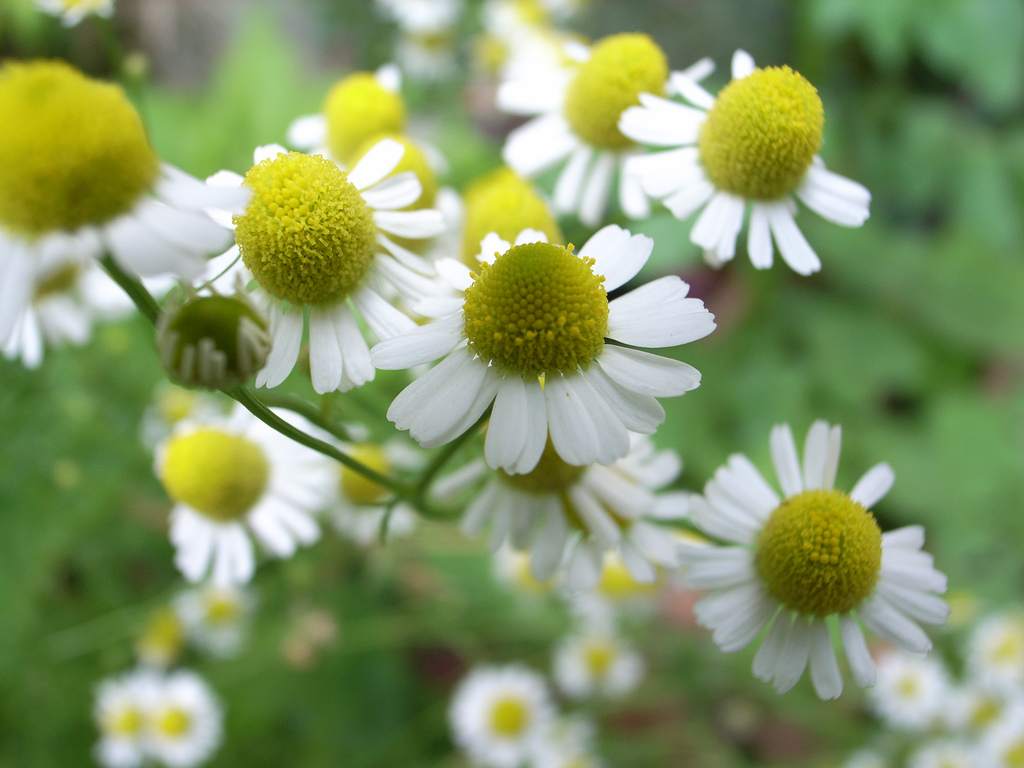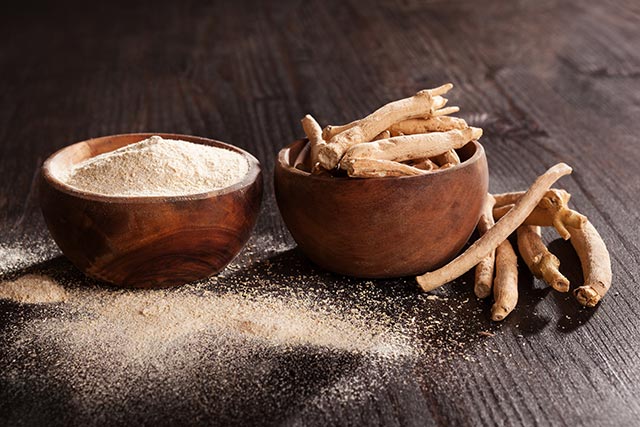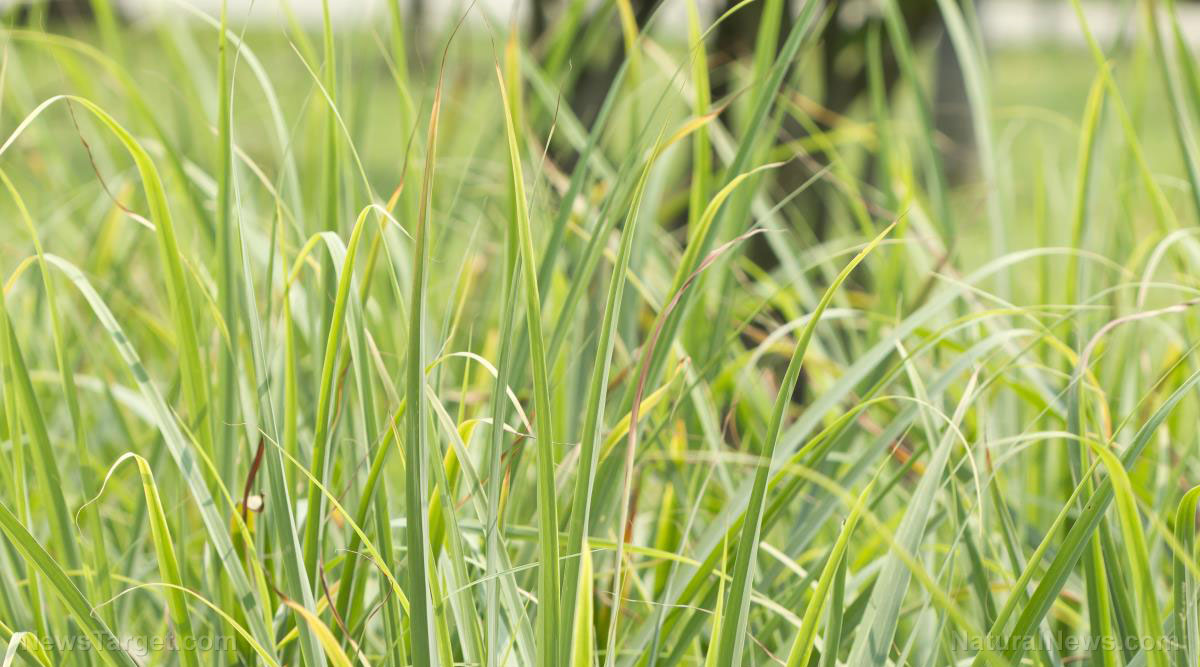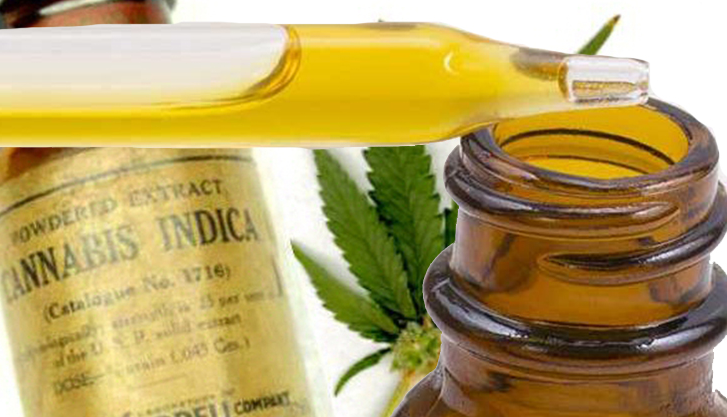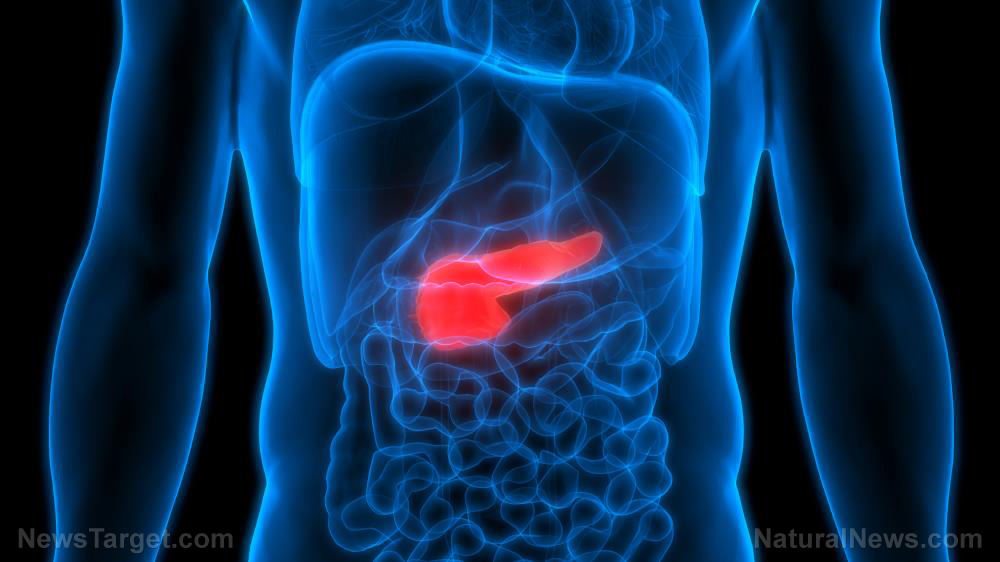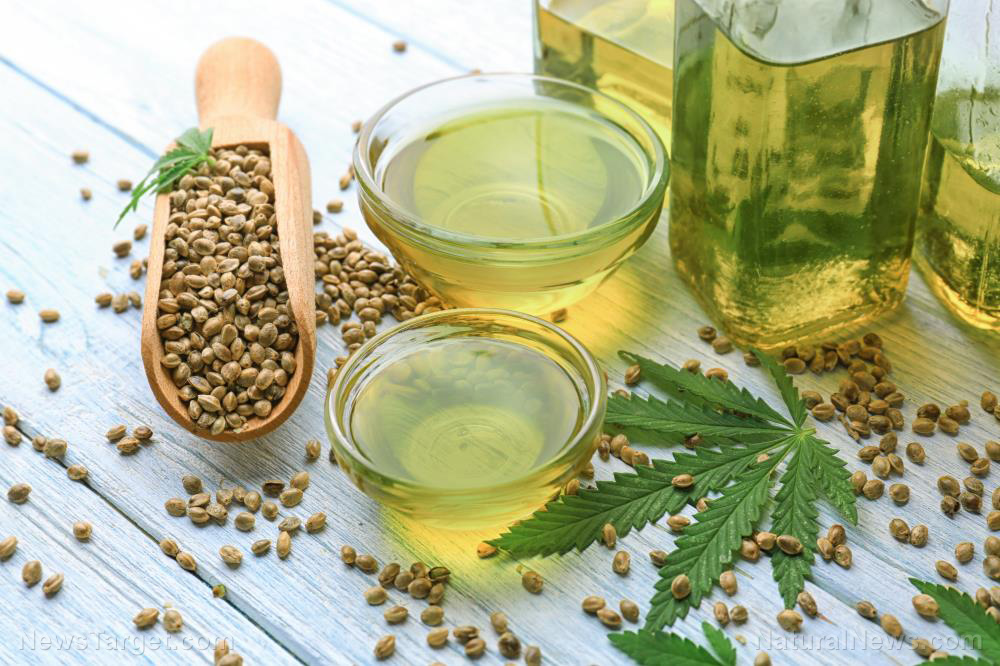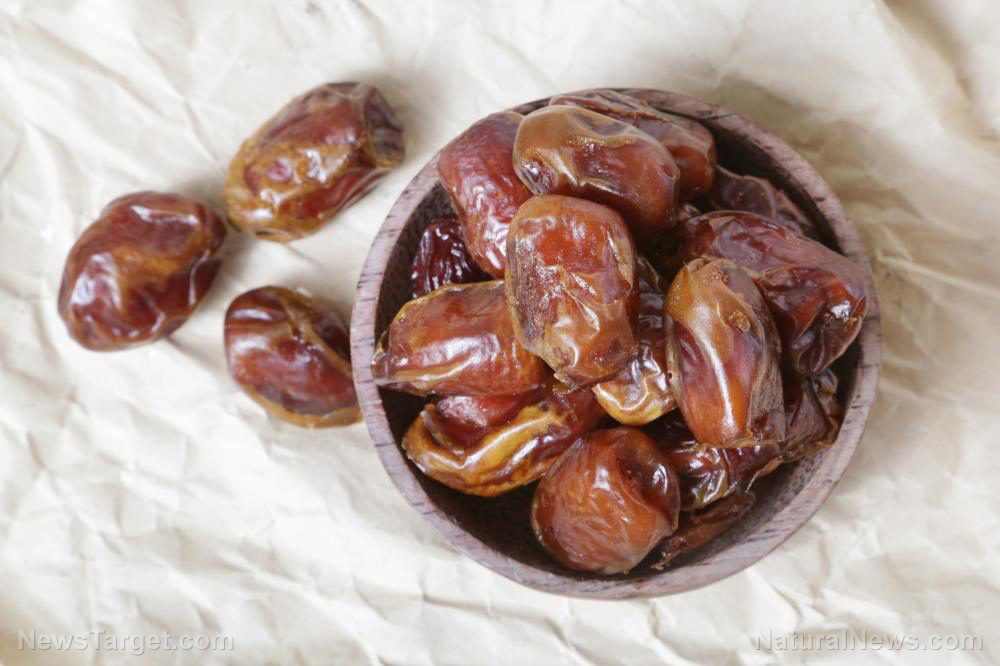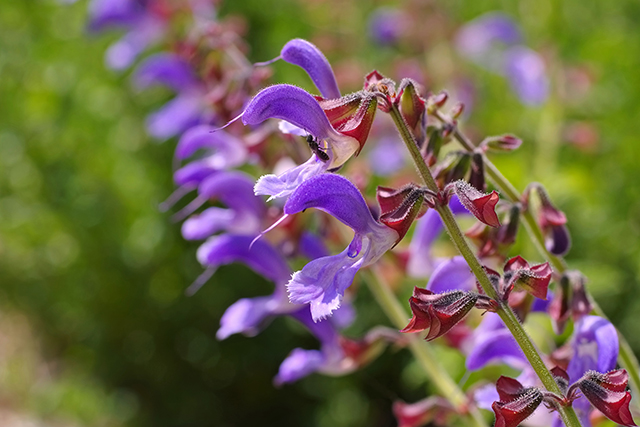Researchers propose using Berberis orthobotrys as an alternative rheumatoid arthritis treatment
10/03/2018 / By Michelle Simmons
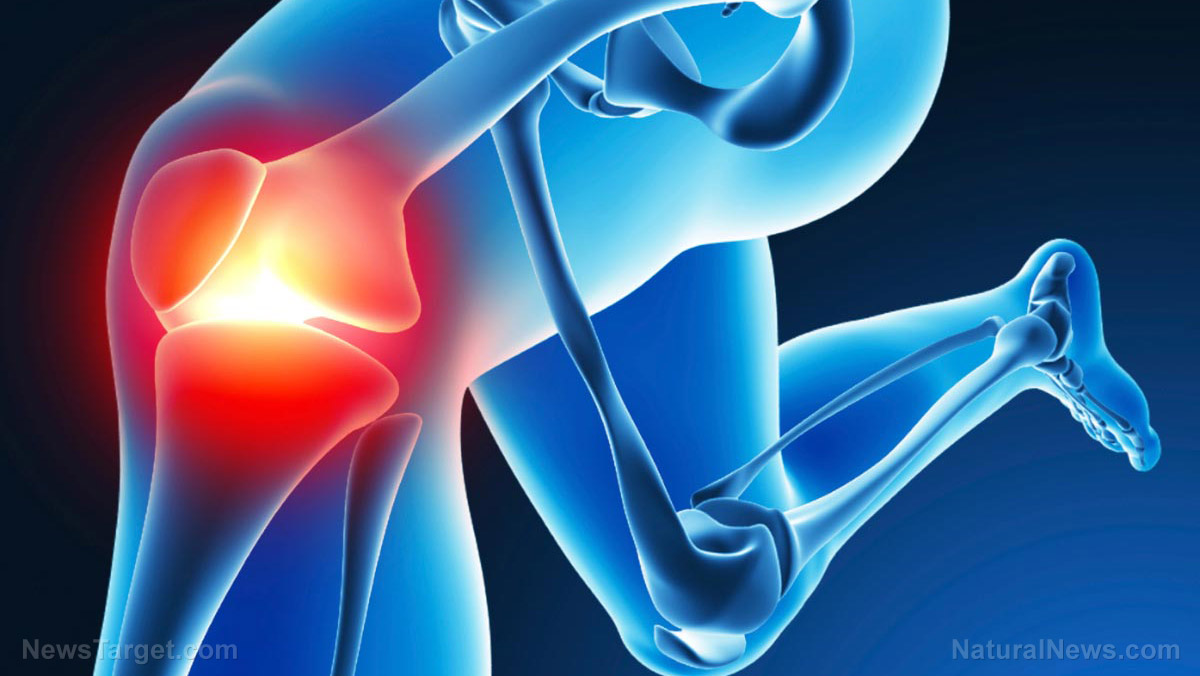
A study published in the journal BMC Complementary and Alternative Medicine has suggested the use of Berberis orthobotrys (Berberidaceae) as an alternative treatment for rheumatoid arthritis.
- Researchers from the University of Sargodha in Pakistan looked at the anti-arthritic effects and phytochemical analysis of aqueous-methanolic extract and fractions of B. orthobotrys roots, as its roots and stem bark have been used traditionally to treat joint pain.
- The research team assessed the anti-arthritic potential of B. orthobotrys in vitro with the use of protein denaturation and membrane stabilization methods at 12.5–800 microgram per milliliter (?g/ml) concentration and in vivo via turpentine oil, formaldehyde and Complete Freund Adjuvant (CFA) models at 50, 100, and 150 milligrams per kilogram (mg/kg) doses. In addition, the research team evaluated its antioxidant properties in vitro by reducing power assay.
- The total flavonoid content, Fourier transform infrared spectroscopy, and high-performance liquid chromatography of n-butanol fraction were carried out.
- The results showed that B. orthobotrys Bien ex Aitch (local name: Ishkeen) has been observed to offer significant anti-arthritic effect in experimental studies, with the n-butanol fraction being the most potent.
- Even though the exact mechanism of B. orthobotrys’ anti-arthritic effect was not identified, its beneficial effects on rheumatoid arthritis could possibly be linked to the presence of aporphine-benzylisoquinoline alkaloids (berberine, berbamine) seen previously in B. orthobotrys and phenols and flavonoids identified in the current study.
In conclusion, the findings of the study suggested that B. orthobotrys can potentially be used as a powerful anti-arthritic agent for rheumatoid arthritis treatment.
Find the full text of the study at this link.
Journal Reference:
Alamgeer, Uttra AM, Hasan HU. ANTI-ARTHRITIC ACTIVITY OF AQUEOUS-METHANOLIC EXTRACT AND VARIOUS FRACTIONS OF BERBERIS ORTHOBOTRYS BIEN EX AITCH. BMC Complementary and Alternative Medicine. 2017; 17 (37). DOI: 10.1186/s12906-017-1879-9
Tagged Under: alternative medicine, antioxidant, arthritis, berberidaceae, Berberis orthobotrys, herbal medicine, Herbs, natural cures, rheumatoid arthritis

